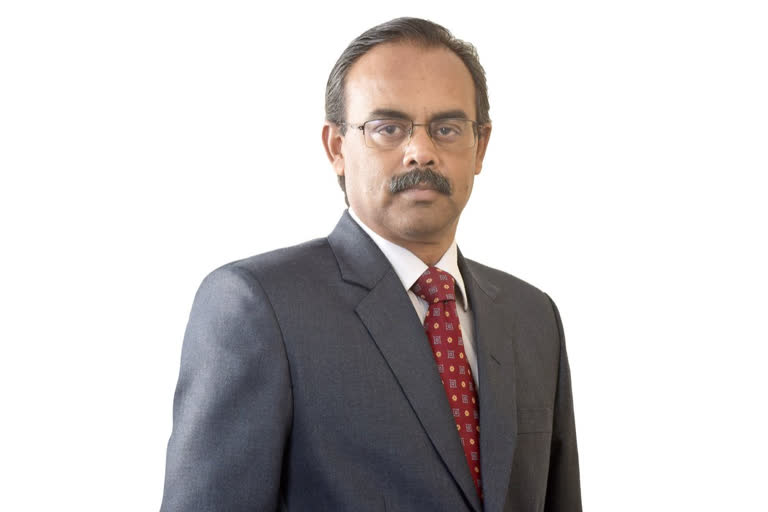New Delhi: A top economist has questioned the government’s emphasis on the supply side to revive the country’s economy which was articulated in the economic survey tabled by the finance minister Nirmala Sitharaman in Parliament on Monday. Sunil Sinha, Principal Economist at India Ratings and Research, said India’s emphasis on supply-side reforms rather than a total reliance on-demand management was somewhat misplaced.
“Supply is only one side of the economy and can sustain only if there is an equal level of support coming from the demand side of the economy,” Sinha said.
Sinha, who closely tracks macro-economic issues, highlights that the Indian economy was slowing down even before the Covid-19 related lockdowns as it has been suffering from the demand side.
Elaborating on the state of the Indian economy which was in a slowdown even before the Covid-19 pandemic struck the world in early 2020, Sinha says, of the four demand drivers, except government final consumption expenditure, three demand drivers - private final consumption expenditure (PFCE), gross fixed capital formation and net exports were already floundering.
Sluggish private consumption
Citing the data from the country’s apex statistical body, National Statistical Organisation (NSO), the economist said NSO’s advanced estimate showed that the private final consumption expenditure, which is the largest component of GDP (58.6%), is expected to grow by 6.9% year-on-year in the current financial year.
The weak growth was despite a low base and the sales data of many consumer durables showing robust growth. “In fact, FY22 PFCE is 2.9% lower than FY20 PFCE. It suggests that the consumption demand was still weak and not broad-based,” Sinha noted. “The government consumption demand alone, with a share of just 12.5% in GDP, will not be sufficient to revive the demand.”
Sinha said despite the weak growth in the private final consumption expenditure, not much was discussed in the economic survey, except that the government expenditure on safety nets would continue to cushion the vulnerable sections of the society.
He, however, supported an increase in the capital expenditure by the government.
Increasing capital expenditure
In three years, the Union Government’s capital expenditure has gone up from over Rs 3.35 lakh crore in FY 2019-20 to Rs 4.39 lakh crore in FY 2020-20 (revised estimates) and the finance minister allocated over Rs 5.54 lakh crore for capital expenditure for the current fiscal as per the budget estimates.
